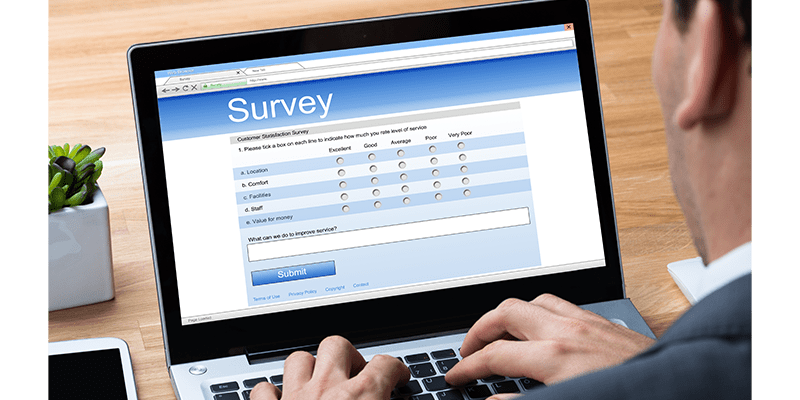Marketing
Data Hygiene Best Practices for Marketing Success
by Sarah O'Connor

Just like any valuable resource, data can become polluted and ineffective if not properly maintained. Data hygiene is the practice of keeping your data clean, accurate, and up-to-date, and is essential for successful marketing campaigns.
According to a survey by Forbes Insights, 88% of marketers say collecting and analyzing data is integral to their success. Data-driven marketing not only allows for better targeting and personalization, but it also leads to a 15-20% increase in ROI on marketing spend. – Source
In this blog post, we will explore the best practices for data hygiene that can help you maximize the effectiveness of your marketing efforts.
What is Data Hygiene?
Data hygiene refers to the process of cleansing and maintaining your database to ensure the accuracy and quality of the information it contains. It involves removing duplicate records, correcting errors, updating outdated information, and ensuring that the data is complete and consistent. Poor data hygiene can lead to wasted resources, missed opportunities, and damage to your brand’s reputation.
Why Data Hygiene Matters in Marketing
-
Enhanced Customer Engagement:
Clean and accurate data enables you to target your audience more effectively. When you know your customers well and can reach them through their preferred channels, you are more likely to engage and convert them.
-
Cost Efficiency:
Maintaining clean data can save you money by preventing wasted marketing spend on incorrect or outdated information. It also reduced the cost of customer acquisition by increasing the accuracy of your targeting.
-
Improved Decision-Making:
Clean data provides a solid foundation for data-driven decision-making. You can trust the insights and analytics derived from clean data, leading to better marketing strategies and outcomes.
5 Data Hygiene Best Practices
-
Regularly Cleanse Your Data
- Implement automated data cleansing tools and processes to identify and rectify errors.
- Remove duplicate records to prevent redundant marketing efforts.
-
Standardize Data Entry
- Establish clear data entry guidelines and enforce them consistently across your organization.
- Use drop-down menus, auto-fill, and validation rules to ensure data consistency.
-
Update Data Periodically
- Encourage customers to update their information regularly, especially in subscription forms and accounts.
- Monitor and update contact details such as email addresses, phone numbers, and mailing addresses.
-
Segment Your Data
- Divide your audience into segments based on characteristics like demographics, behaviour, and preferences.
- Target each segment with tailors messaging for higher engagement.
-
Monitor Data Quality
- Continuously monitor data quality metrics and set up alerts for data anomalies.
- Establish key performance indicators (KPIs) for data quality improvement.
Conclusion
Data hygiene is not a one-time task, it is an ongoing process that requires dedication and vigilance. By adhering to these best practices, you can maintain a clean and reliable database that forms the foundation of successful marketing campaigns. Clean data leads to better customer engagement, cost efficiency, and informed decision-making, contributing to the growth and success of your business in the competitive world of marketing.
So, start scrubbing, standardizing, and segmenting your data today for marketing that shines! Need help getting started? Talk to our Marketing Services team who are marketing experts and ready to help at any time.






